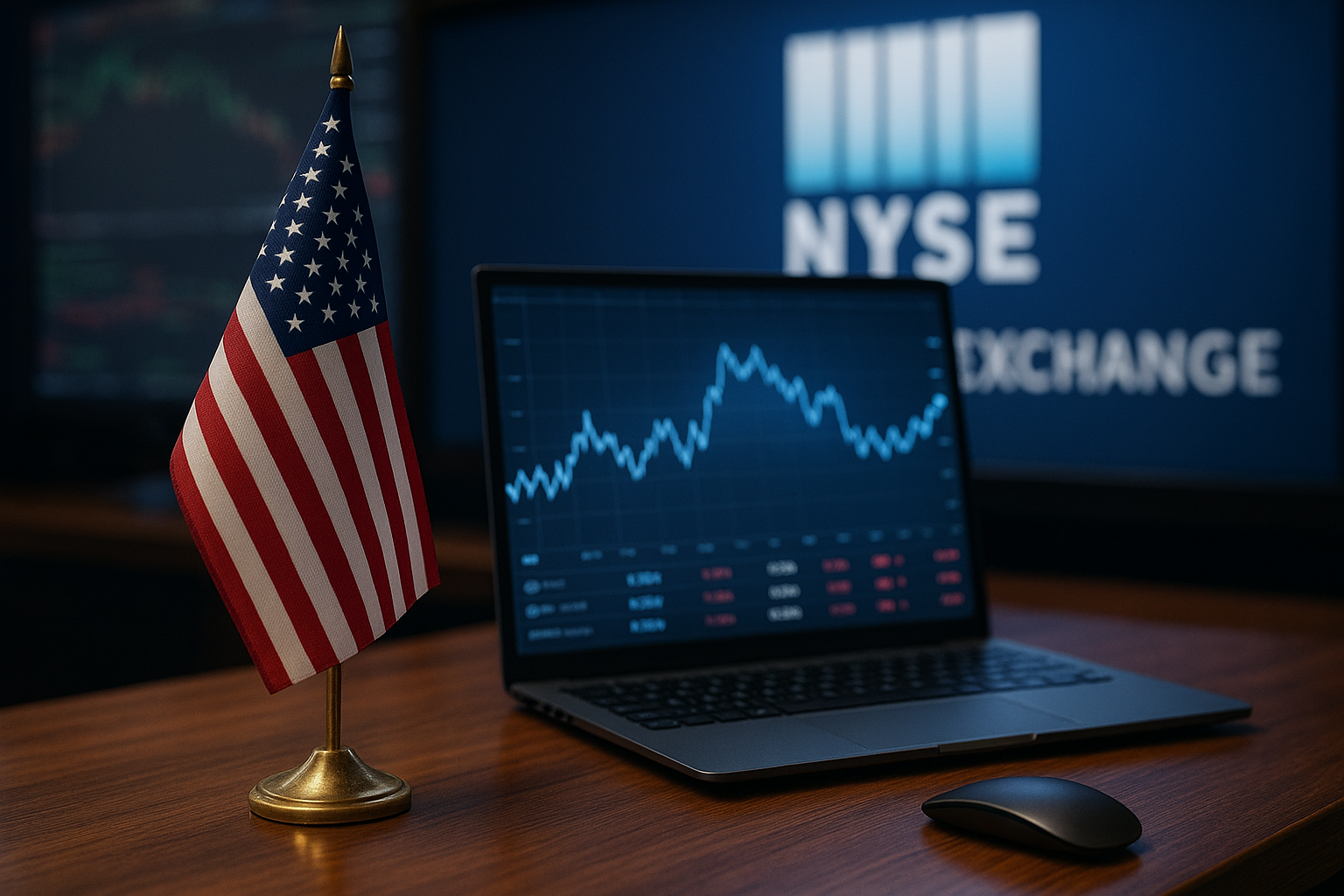The first half of 2025 has seen markets break from the mega-cap script. After years of dominance by passive index investing and Big Tech-led rallies, a shift is quietly underway—one that investors can’t afford to ignore. According to new data from the Financial Times, equity long-short hedge funds raked in $10 billion in fresh inflows during the first six months of 2025, delivering an average return of 9.2% in the process.
This pivot signals a renewed appetite for stock-specific strategies in an increasingly turbulent environment. With inflation jittery, trade tensions rising, and sector rotation accelerating, investors are once again putting their faith in active managers who can exploit inefficiencies, hedge risks, and capture alpha across the volatility.
Why This Matters for Investors Now
The S&P 500 may still be near record highs, but beneath the surface, leadership is fragmenting. As Goldman Sachs pointed out in its July market note, dispersion among individual stock returns has climbed to its highest level since 2020, creating fertile ground for active strategies. Hedge funds like Millennium, Point72, and Citadel have reportedly ramped up long-short equity allocations, betting that nimble stock-picking—not broad index exposure—will define the next phase of market gains.
“The age of easy beta is giving way to a more tactical regime,” said JPMorgan strategist Dubravko Lakos-Bujas. “With macro risk elevated and correlations breaking down, investors are rediscovering the value of selective exposure and downside protection.”
That selective exposure is already delivering results. According to data from eVestment, equity hedge funds returned 9.2% in H1 2025—eclipsing the performance of both the MSCI World Index and the average mutual fund over the same period. More notably, inflows to these funds outpaced quant strategies and passive funds, a rare reversal of recent trends.
Breaking Down the Drivers
Several forces are fueling the resurgence in active hedge fund strategies:
1. Market Volatility:
With uncertainty around interest rates, geopolitical risk, and earnings growth, investors are seeking managers who can pivot quickly and hedge effectively. Long-short strategies offer built-in risk management tools via short positions and options overlays.
2. Passive Saturation:
Passive ETFs now hold over 50% of U.S. equity assets, according to Morningstar. This saturation has made broad benchmarks more vulnerable to liquidity distortions and crowding effects—creating opportunities for active managers to arbitrage inefficiencies.
3. Tech Decompression:
While AI and semiconductors have driven much of 2023–24’s growth, investors are beginning to rotate out of overbought mega-cap names. This opens the door for under-the-radar mid-caps and sector-specific stories to gain traction.
4. Retail Impact:
Retail flows—often chasing momentum trades—have created pockets of excess in names like Opendoor and Krispy Kreme. Hedge funds are increasingly using derivative overlays and short books to profit from these dislocations.
Future Trends to Watch
The active resurgence is unlikely to be a short-term phenomenon. Several structural factors suggest sustained tailwinds for stock-pickers:
- Regulatory Uncertainty: From global tax reform to antitrust scrutiny, large-cap names face mounting headwinds, making active navigation essential.
- AI-Driven Research: Hedge funds are using AI to gain deeper insights into company fundamentals, social sentiment, and alternative data—sharpening their edge over traditional strategies.
- Interest Rate Differentiation: As central banks diverge on monetary policy, currency and regional exposure will matter more—favoring managers who can tactically adjust.
Investors should also monitor the performance of long-short ETFs like AGFiQ US Market Neutral Anti-Beta ETF (BTAL) or AdvisorShares Ranger Equity Bear ETF (HDGE), which offer similar exposures without hedge fund lockups or fees.
Key Investment Insight
The data is clear: investors are no longer content with market-tracking performance. The 9.2% return delivered by equity hedge funds in H1 2025 not only beats the market—it reopens the conversation around active alpha in a world where volatility and policy uncertainty are here to stay.
For investors looking to diversify away from concentrated tech-heavy exposure, allocating a portion of capital to active long-short strategies or dynamic ETFs could provide both downside protection and upside capture. Institutional money is already moving in that direction—retail investors may want to follow suit.
To stay ahead of shifting market tides, follow the money, not the noise.
For more sharp investor analysis and market intelligence, stay with MoneyNews.Today—your trusted source for actionable financial insight.





